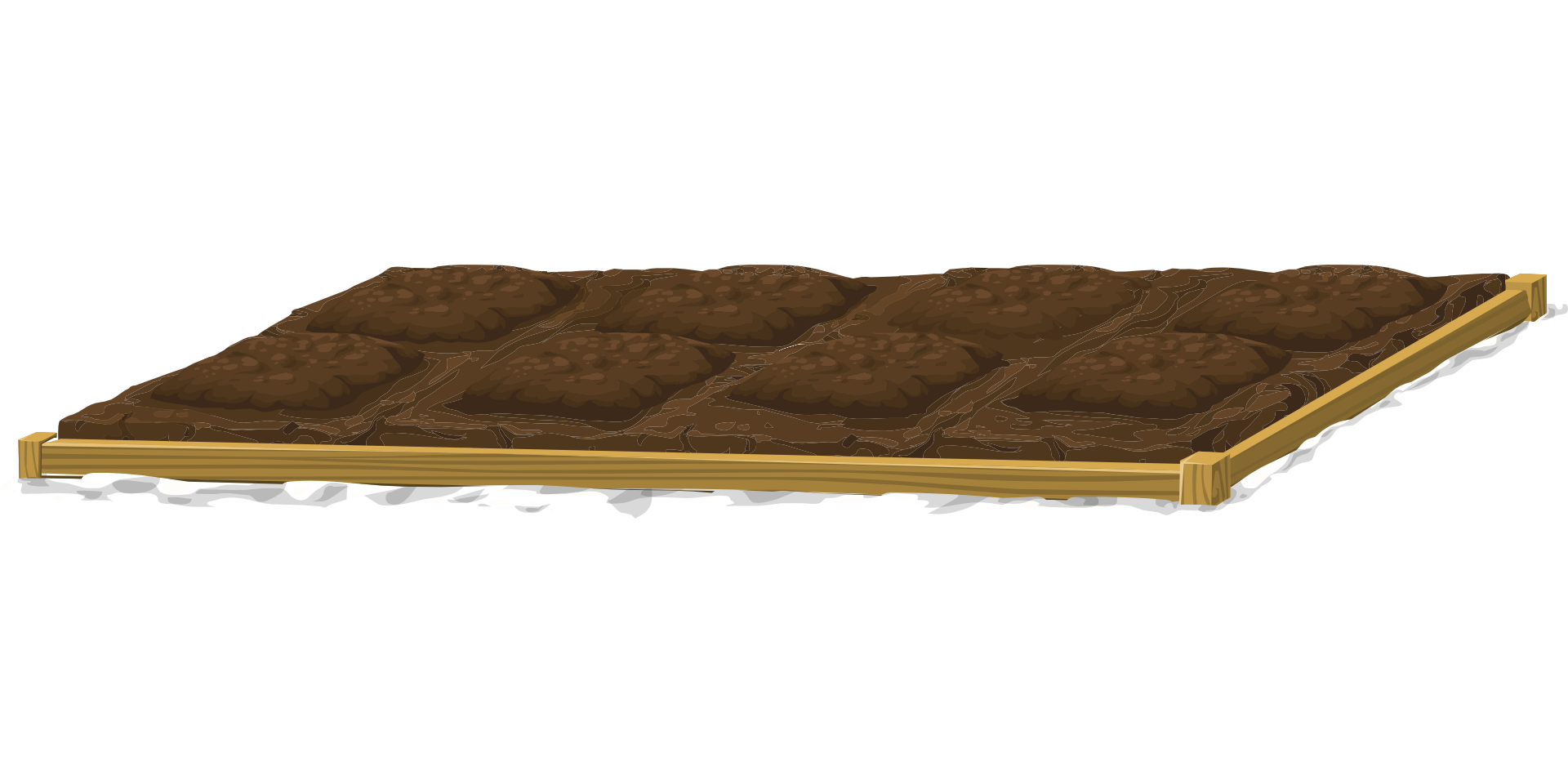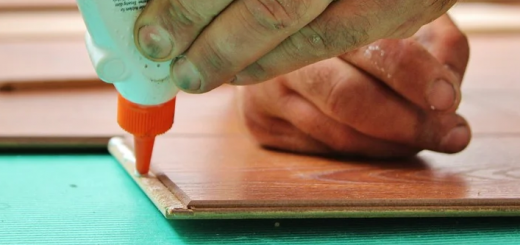A recipe for soil

Author(s): Octavian Horia Minda
Summary:
Students make soil using local materials and compare plant growth in natural and student-made soil.
| Subject | Green Biotechnology |
| Topic | Biotechnology |
| Age of students | 9-11 |
| Preparation time | 30Minutes |
| Teaching time | 2 class periods of 45 minutes each |
| Online teaching material (links for online material) | |
| Offline teaching material | For each group of 3-4 students:• Denim soil-making bag• Dead leaves and other plant material• Pebbles• Sand• Water• Hammer or mortar and pestle• 2 small cups or flower pots• Fast growing seeds (radish, grass, lettuce)• Latex gloves or plastic sandwich bags for students to wear on hands |
Aim of the lesson
By the end of this lesson students will be able to:
- Conduct a simple investigation.
- Compare things and events.
- Know science information.
- Record data accurately.
Activities
Describe here in detail all the activities during the lesson and the time they require. Remember, that your lesson plan needs to revolve around the topic of bioeconomy.
| Name of activity | Procedure | Time |
| Background | Soil is the material that constitutes the outermost layer covering practically all of the Earth’s land surface. Soil is made of air, water, humus (decayed organic material) and rock particles. Soil is formed by the slow process of weathering (the breaking down of rock), erosion (the moving and deposition of weathered rock material), and the combining of those rock particles with air, water and organic material. It can take from 100 to 600 years or more for nature to make one inch of topsoil. Often one inch of topsoil is removed from land by erosion in one year. Soil can be “manufactured” by people imitating the forces of nature. When people use composted organic materials in their gardens, they are helping soil to develop. | X min |
| Activities | 1. Review with the students the “recipe” for soil: 25% air, 25% water, 45% rock particles, 5% organic material.2. Explain to the students that they are going to make soil by replicating natural processes. They will gather organic material, “weather and erode” rock material, and mix it with air and water to grow a plant.3. Ask the students to gather dead leaves small twigs flower petals other small plant material pebbles sandMuch more pebbles and sand than organics are needed because soils contain more rock parts than they do organics. | Xmin |
| 4. Place all materials in a small bag made of denim or other heavy material (or use mortar and pestle to grind materials). Pound mixture with a hammer until the rocks are pulverized.5. Remove from the bag, place in planting pot, and add water (the act of pouring the materials into the pot will add air to the mixture).6. Repeat this process until you have enough soil to fill a small cup or flower pot 3/4 full. | X min | |
| 7. Plant 10 seeds in their soil and 10 more seeds in a pot containing natural soil (not potting soil). Then observe and compare the growth. This will take a week or more. Have the students note when the seeds begin coming up out of the ground. Have them measure the seedlings as they grow. They should also record how many of the ten seeds came up on each of the pots. | Xmin | |
| 8. Relate the components of soil to the growth of plants in soil. Water is necessary to carry nutrients into the roots and up the stem. It is also necessary for the plants to grow. Air is necessary to allow the roots to “breathe”. Also, air spaces in the soil allow a place for water to enter the soil. Organic matter, plant and animal parts, help hold the water in the soil. They also provide nutrients. Rocks and minerals provide nutrients to the plants and structural support to the roots. | Xmin | |
| 9. Ask the students how they could provide mineral nutrients for plants to grow without soil. List their responses. Responses might include: grow plants in wet towels, grow plants in wet gravel, grow plants in water. | Xmin | |
| 10. At the end of the week, help the students write a lab report. Their lab report should contain:1. A clear statement of the question they were trying to answer. (In this case, it was something like, “Will plants grow better in the soil I made or in natural soil.)2. A description of their materials and set up.3. A record of the data they collected (when the plants came up, how many came up, how much they grew). The could be recorded in a table or in graph form.4. A conclusion that states what they learned from the experiment. Did it answer the question they asked? If so, what was the answer? |
Assessment
Describe here the assessment method of the lesson, if any. For example, if you plan on assessing your students with a quiz, include here questions and answer options with color-coding the correct answers.
| Name: _________________ | Teacher: |
| Date: | Class: |
| Description: |
| EXCELLENT | GOOD | SATISFACTORY | NEEDS IMPROVEMENT | |
| Question / Purpose | The purpose of the lab or the question to be answered during the lab is clearly identified and stated. | The purpose of the lab or the question to be answered during the lab is identified, but is stated in a somewhat unclear manner. | The purpose of the lab or the question to be answered during the lab is partially identified, and is stated in a somewhat unclear manner. | The purpose of the lab or the question to be answered during the lab is erroneous or irrelevant. |
| Materials / Setup | All materials and setup used in the experiment are clearly and accurately described. | Almost all materials and the setup used in the experiment are clearly and accurately described. | Most of the materials and the setup used in the experiment are accurately described. | Many materials are described inaccurately OR are not described at all. |
| Data | Professional looking and accurate representation of the data in tables and/or graphs. Graphs and tables are labeled and titled. | Accurate representation of the data in tables and/or graphs. Graphs and tables are labeled and titled. | Accurate representation of the data in written form, but no graphs or tables are presented. | Data are not shown OR are inaccurate. |
| Conclusion | Conclusion includes whether the findings answered the question, possible sources of error, and what was learned from the experiment. | Conclusion includes whether the findings answered the question and what was learned from the experiment. | Conclusion includes what was learned from the experiment. | No conclusion was included in the report OR shows little effort and reflection. |





